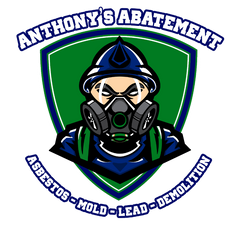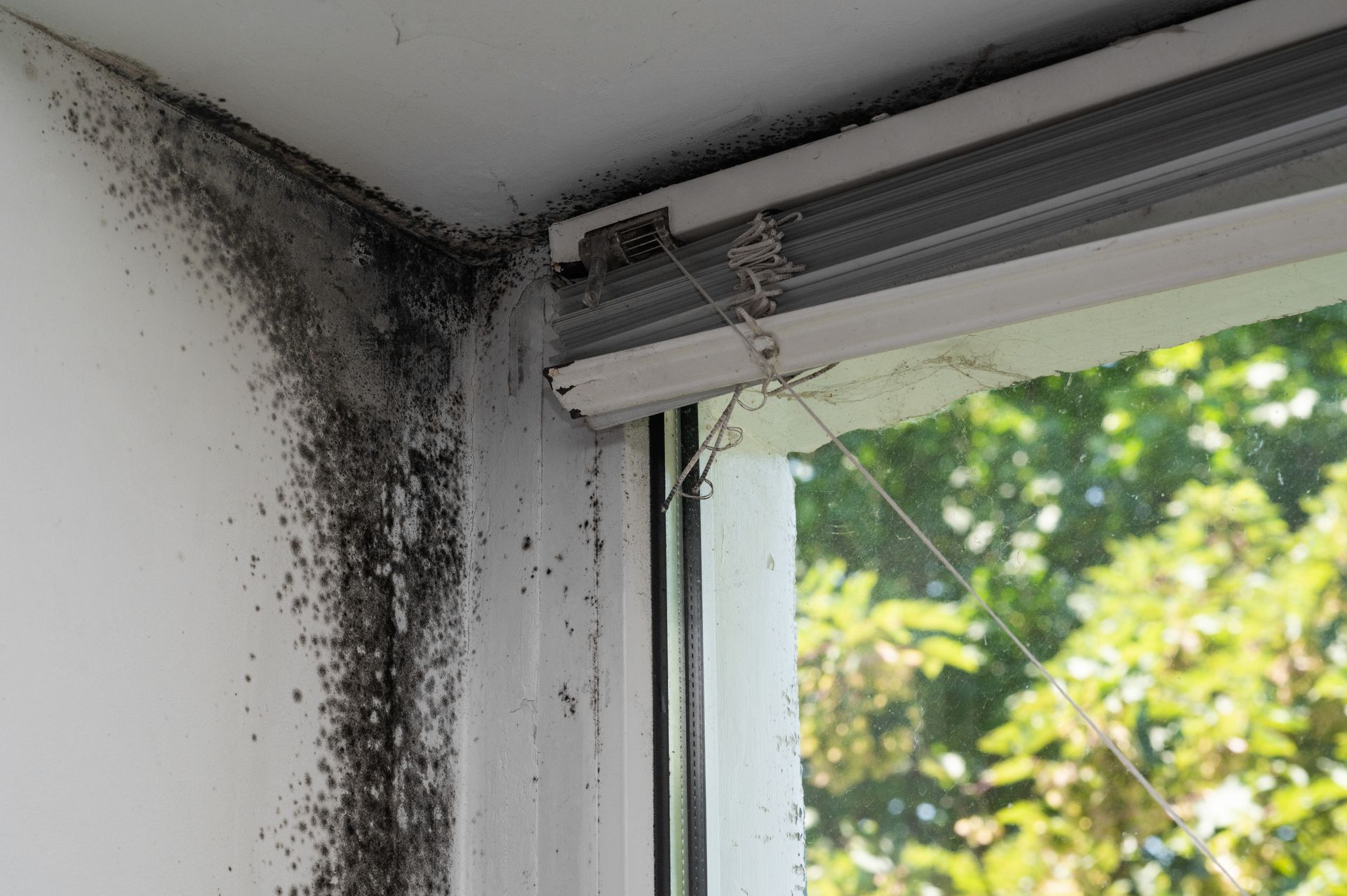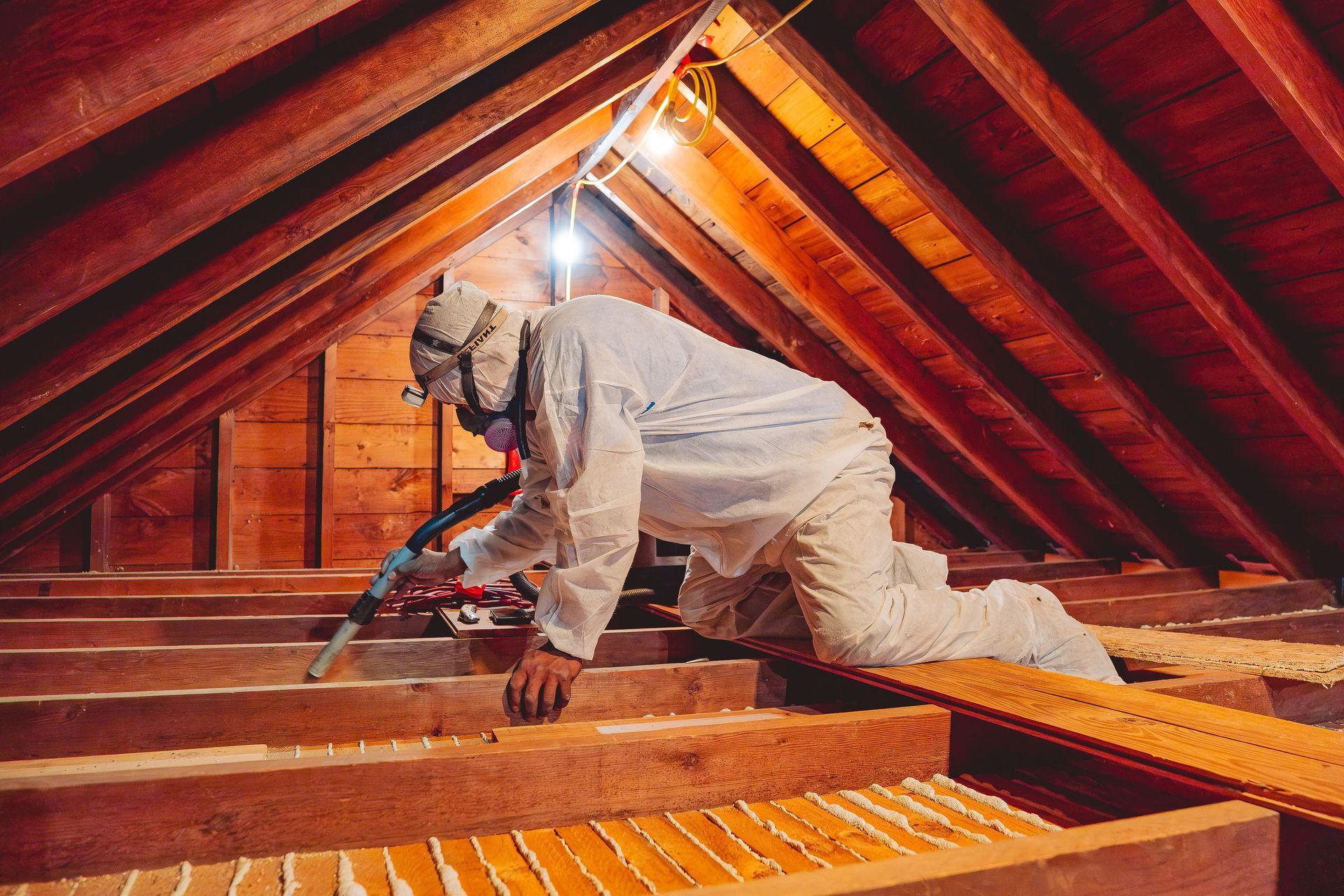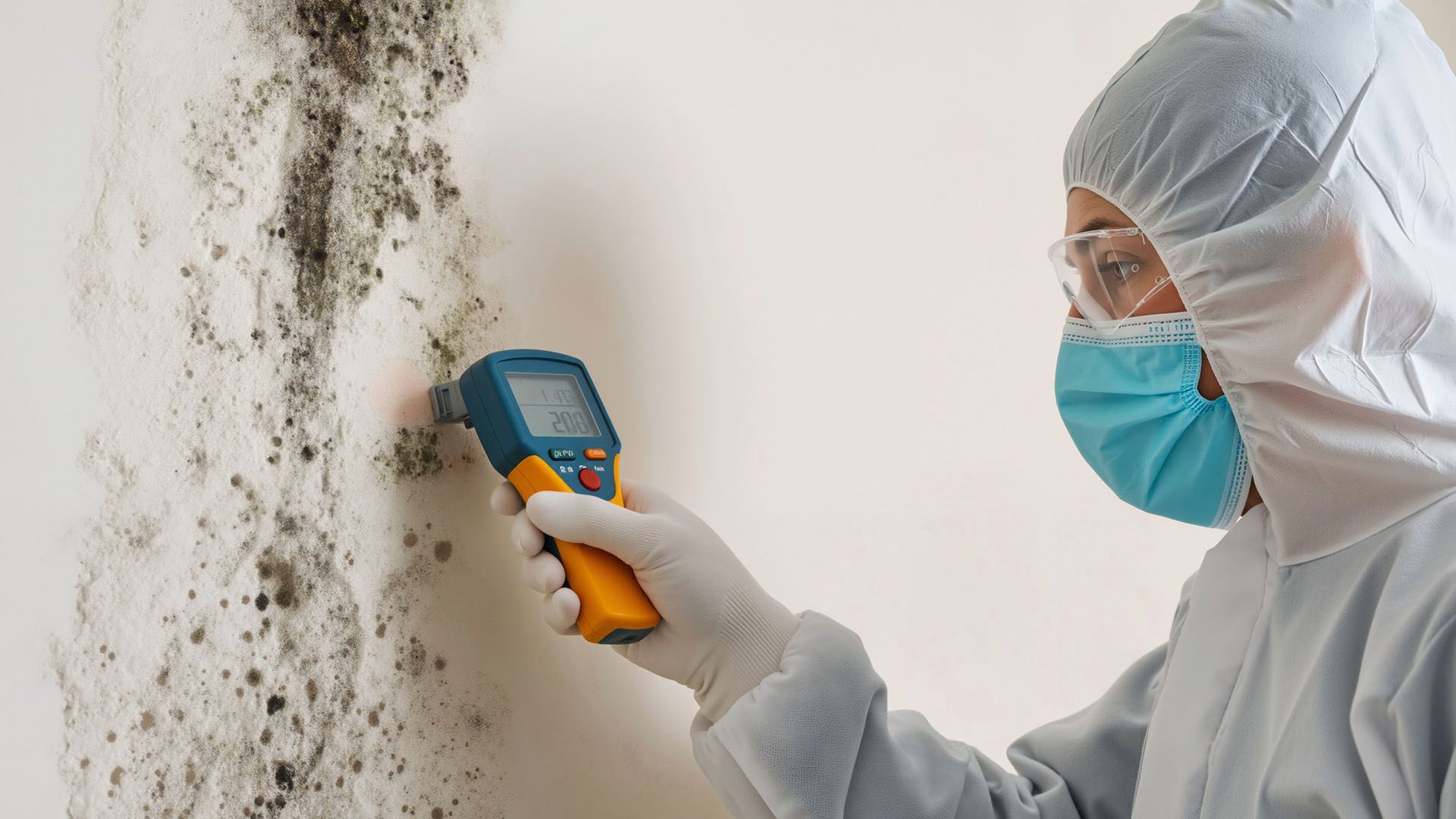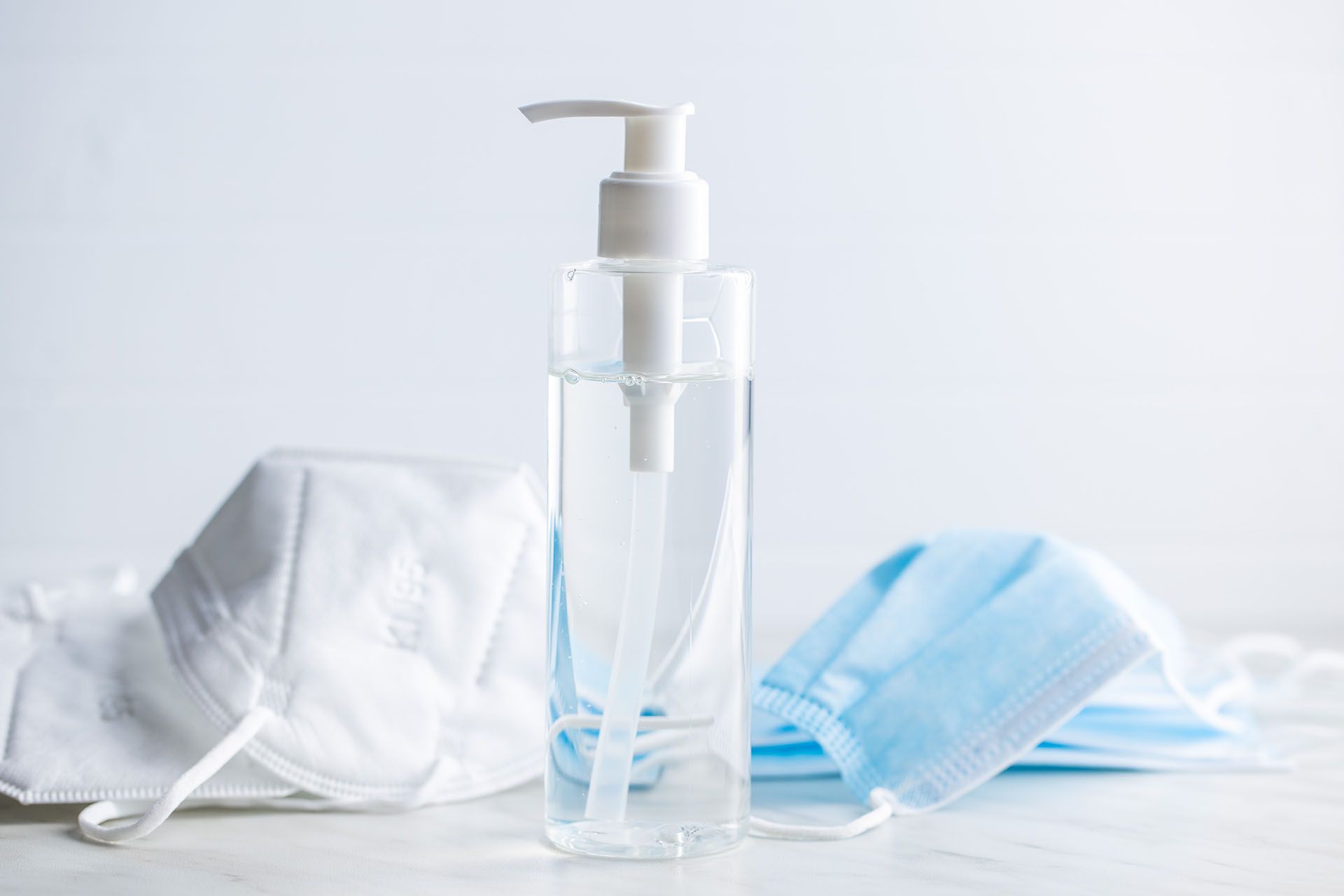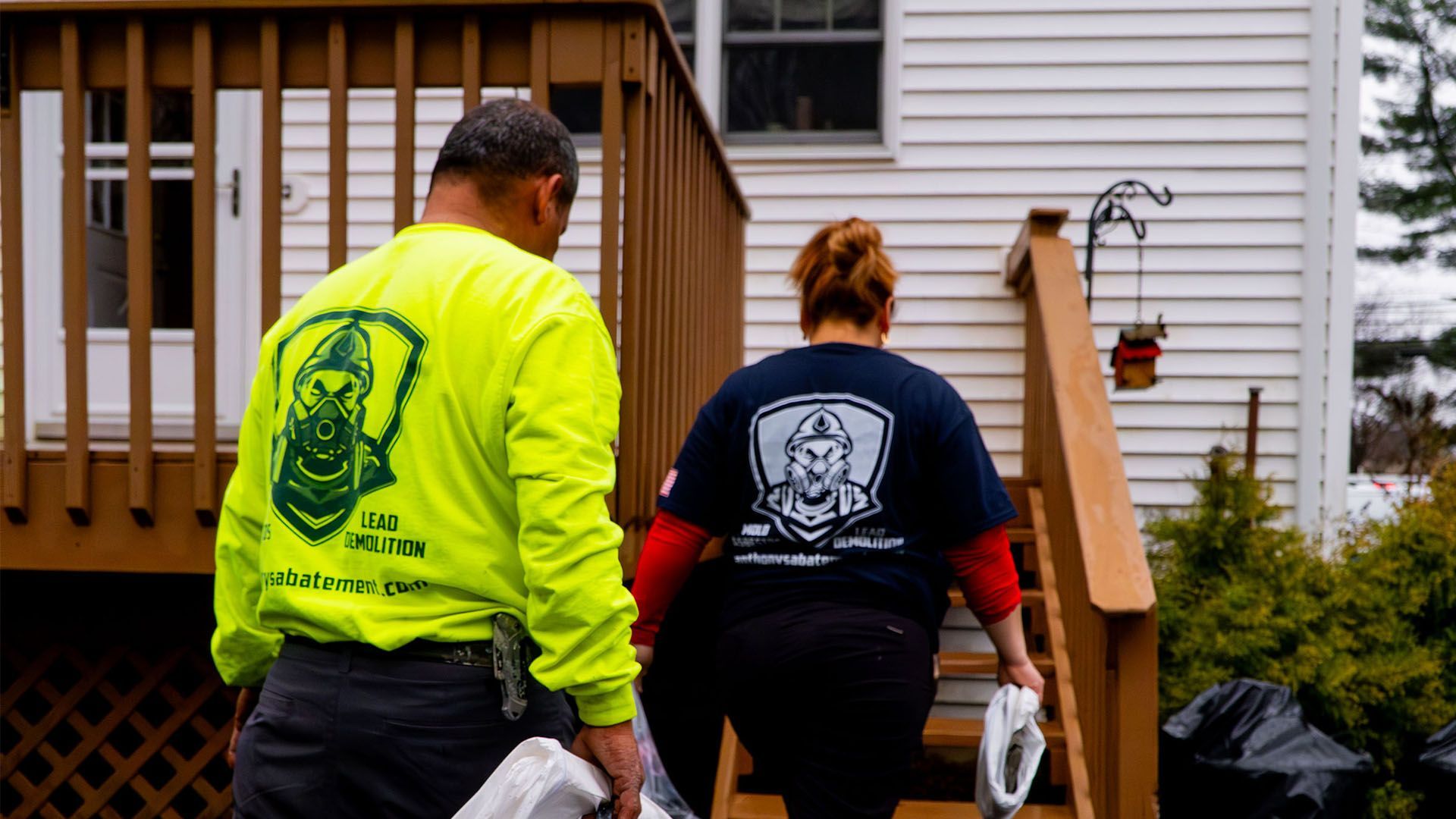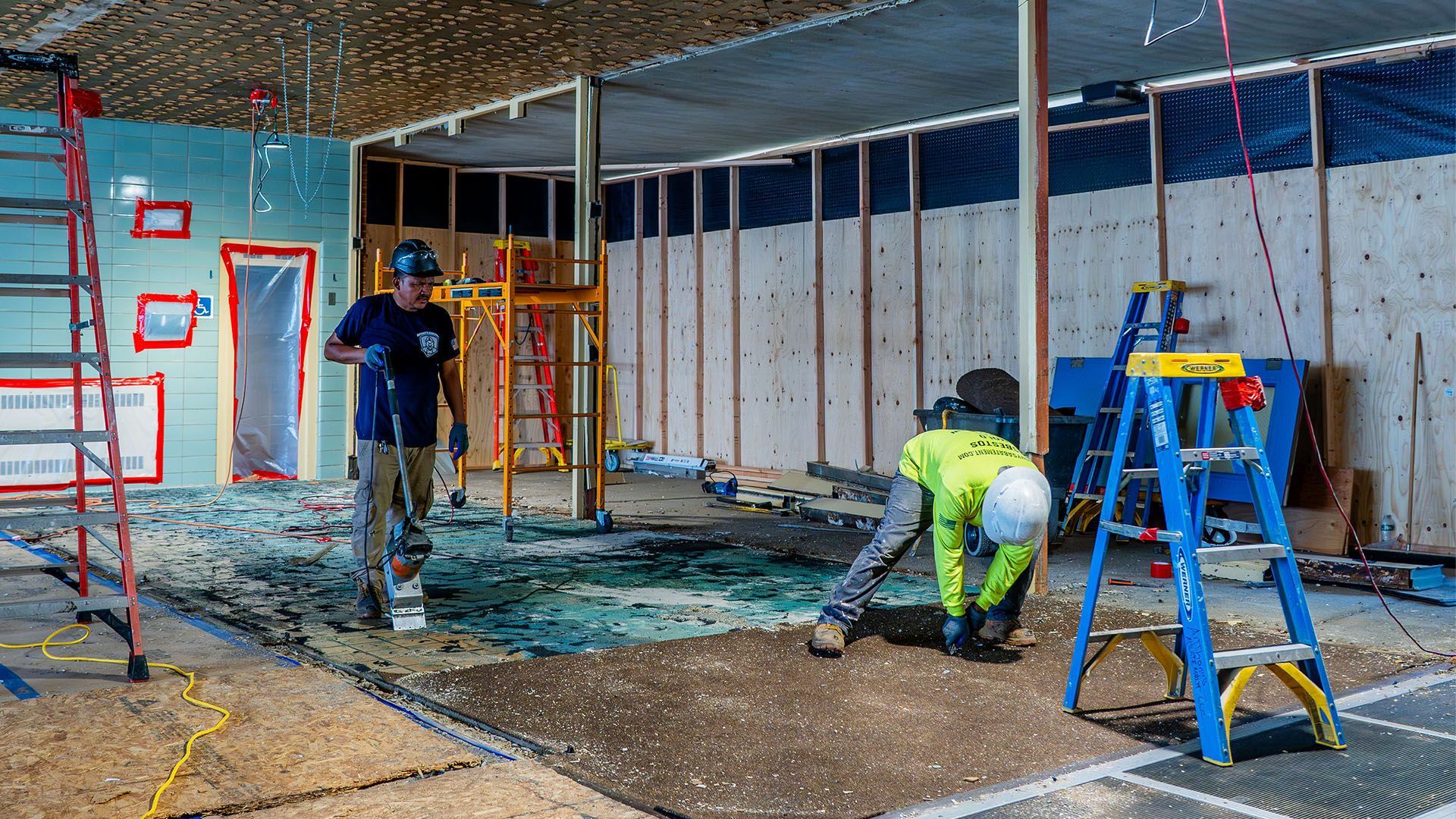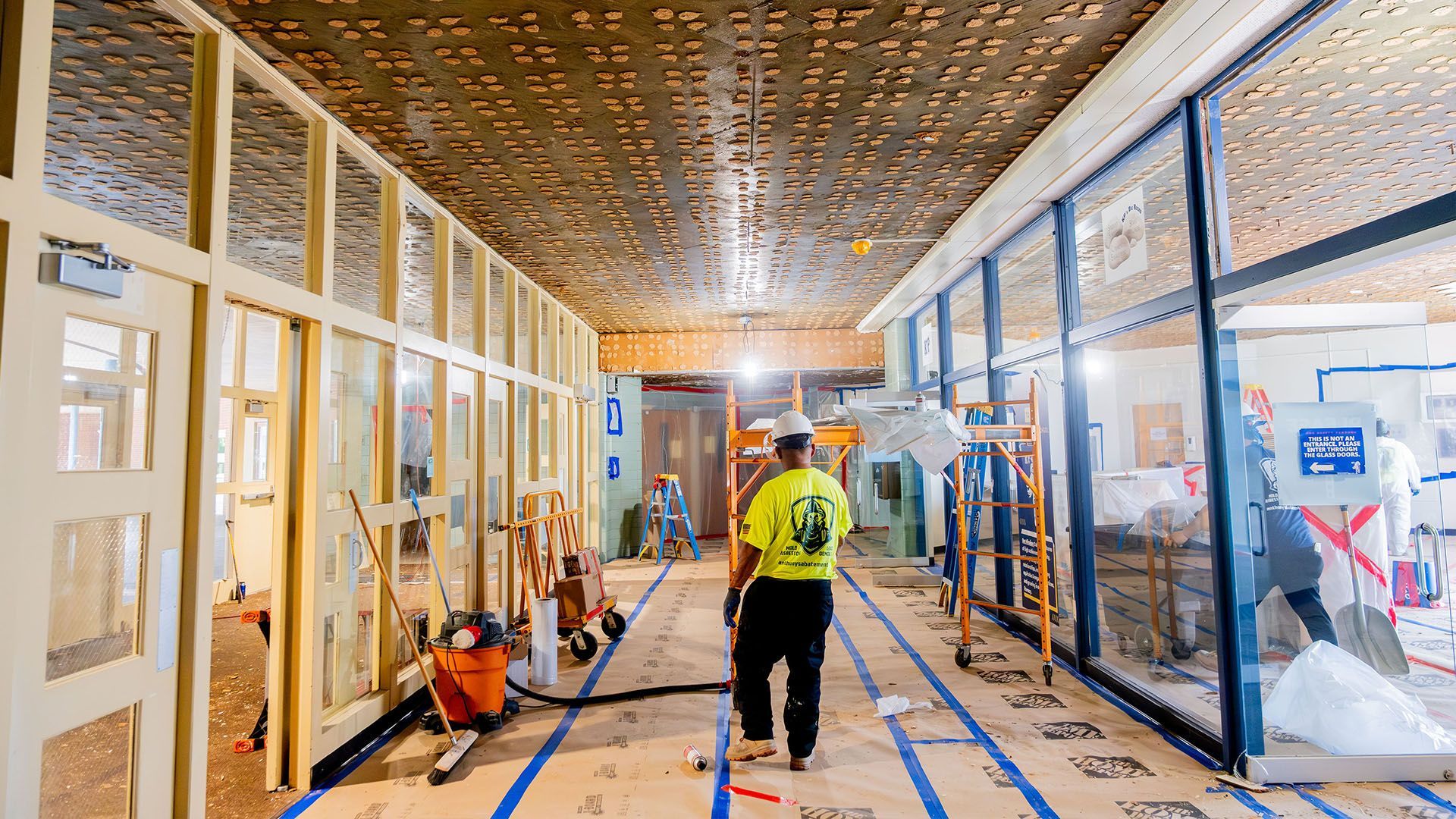How to Stop Mold in Your Basement for Good
At Anthony’s Abatement, we’ve spent over 20 years helping homeowners keep their properties safe from harmful mold. Our team of certified environmental experts has inspected and treated hundreds of basements across Ontario. We understand exactly why mold forms, and more importantly, how to stop it for good. This guide shares everything we know, in plain language, so you can protect your home and your health.
Understanding Why Mold Grows in Basements
Common Causes of Basement Mold
Basements are the perfect environment for mold. They’re often damp, dark, and poorly ventilated. Mold starts when moisture builds up, usually from:
- Leaky pipes or foundation cracks
- Poor ventilation or airflow
- High humidity
- Flooding or water seepage
Once mold spores land on a wet surface, they can grow quickly.
Warning Signs You Might Have a Mold Problem
You don’t need to see mold to know it’s there. Look (and smell) for these signs:
- Musty or earthy odors
- Discoloration on walls, ceilings, or floors
- Condensation on basement windows
- Allergy symptoms like sneezing, coughing, or headaches
- Peeling paint or warped materials
Health Risks Associated with Basement Mold
Mold doesn’t just damage your home, it can also affect your health. Common symptoms include:
- Coughing and wheezing
- Itchy eyes or skin
- Headaches and fatigue
- Aggravated asthma or respiratory issues
Infants, seniors, and people with allergies or immune issues are especially at risk.
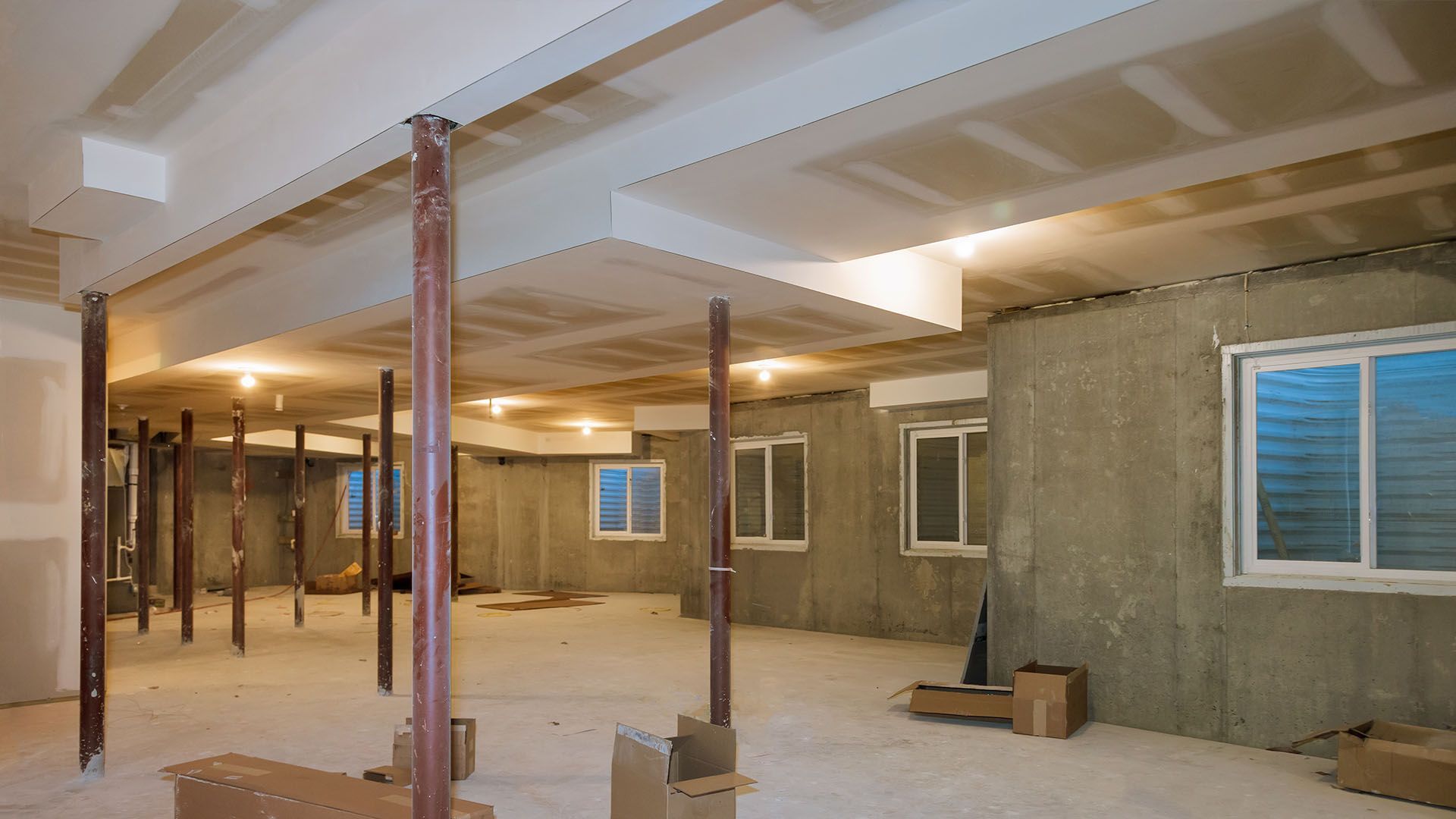
How to Stop Mold in Your Basement
Eliminate Excess Moisture
The key to stopping mold is moisture control. First, figure out where the water is coming from. Then take steps to dry it up. Use a wet/dry vacuum for standing water and run fans or dehumidifiers to dry the area completely.
If you've experienced flooding or significant water damage, learn about the immediate steps to take after a water leak in your house.
Fix Leaks in Foundation and Plumbing
Even tiny leaks can feed mold. Check for:
- Cracks in basement walls or floors
- Leaky pipes or drains
- Gaps around windows or doors
Seal foundation cracks with waterproof filler, and have a plumber repair pipe leaks immediately.
Improve Basement Ventilation
Stale air traps humidity. Improve airflow by:
- Installing exhaust fans or vents
- Opening windows when possible
- Using an air purifier or HVAC system with a HEPA filter
Better airflow helps keep the basement dry and mold-free.
Use a Dehumidifier Effectively
A basement dehumidifier is one of the best tools to stop mold. Set it to keep humidity levels below 60% (ideally around 50%). Empty the tank regularly or connect it to a drain for automatic emptying.
Waterproof Walls and Floors
Basement waterproofing prevents moisture from coming in at all. Consider:
- Applying waterproof sealant to basement walls and floors
- Installing a sump pump to remove groundwater
- Adding vapor barriers on walls and under floors
These upgrades can make a big difference, especially in older homes.
Remove and Replace Mold-Prone Materials
Some materials are like a magnet for mold, especially if they get wet. These include:
- Carpeting or rugs
- Unsealed wood
- Drywall
- Cardboard boxes
If these are moldy or soaked, remove and replace them. Choose mold-resistant options where possible.
Apply Mold-Resistant Products and Sealants
There are specialty paints, drywall, and building materials designed to resist mold. If you're remodeling or finishing your basement, ask your contractor about:
- Mold-resistant drywall or green board
- Anti-microbial paint or primer
- Waterproof flooring systems
These help protect your basement long term.
Cleaning Existing Mold Safely
Safety Precautions Before You Start
Mold cleanup isn’t just wiping down a wall. Take safety seriously:
- Wear gloves, goggles, and an N95 mask
- Seal off the work area with plastic sheeting
- Never mix cleaning products (like bleach and ammonia)
If the area is over 10 square feet, consider hiring a certified mold removal company.
DIY Mold Removal Methods
For small areas of surface mold:
- Use a mixture of detergent and water
- Scrub the surface with a stiff brush
- Dry the area completely
You can also use white vinegar or hydrogen peroxide as natural mold killers. If you're wondering about other household products, check out our guide on whether isopropyl alcohol can kill mold. Avoid bleach on porous surfaces, it doesn't fully kill mold roots.
When to Call a Professional Remediation Service
Call in the pros if:
- Mold covers more than 10 square feet
- You smell mold but can’t find the source
- You’ve had repeated mold problems
- You or your family are experiencing health symptoms
A licensed mold remediation team can locate hidden mold, safely remove it, and make sure it doesn't come back. If you're unsure whether you have a mold problem, learn more about what to do if you suspect mold in your home.
Preventing Mold from Coming Back
Regular Maintenance and Inspections
Schedule seasonal checks for:
- Plumbing and pipe leaks
- Foundation cracks
- Window seals
- Appliance hoses (like your washer or HVAC)
Early detection is key to prevention. Don't forget to inspect your crawl space for mold, as moisture issues there can affect your basement too.
Monitoring Humidity Levels
Buy a hygrometer (a tool that measures humidity) and check levels weekly. Keep your basement below 60% humidity. Dehumidifiers and better ventilation help control moisture.
Seasonal Mold Prevention Tips
Different seasons bring different challenges:
- Spring: Check for flooding after snow melts
- Summer: High humidity needs dehumidifiers
- Fall: Clean gutters and downspouts
- Winter: Insulate pipes to prevent condensation
Stay ahead of mold year-round with proactive habits.
Final Thoughts on Long-Term Mold Prevention
Why Proactive Basement Care Matters
Mold problems don’t fix themselves. A neglected basement can turn into a costly health hazard. By stopping moisture early and staying on top of maintenance, you avoid repairs, protect your family, and increase your home’s value.
Building a Mold-Free Basement Environment
Whether you use your basement for storage, laundry, or living space, keeping it dry and clean makes a big difference. With the right tools and a prevention-first mindset, you can keep mold out, for good.
Need Help with Basement Mold?
If you've spotted signs of mold or moisture in your basement and want expert advice, Anthony's Abatement is here to help. We're certified mold specialists serving homeowners.
Contact us today for a professional inspection or free consultation.
